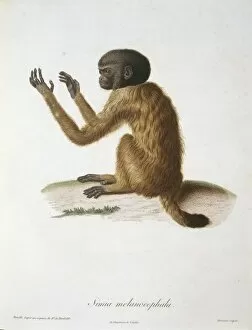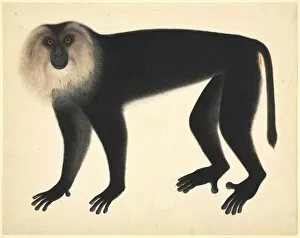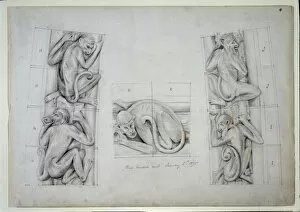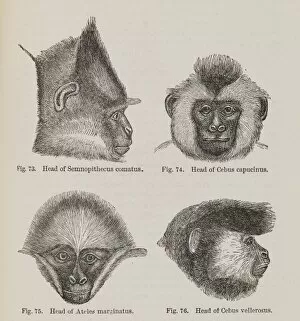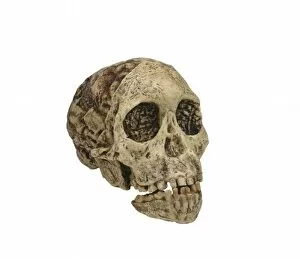Simiiformes Collection (#5)
Simiiformes, also known as the primate order, encompasses a diverse range of fascinating creatures
For sale as Licensed Images
Choose your image, Select your licence and Download the media
Simiiformes, also known as the primate order, encompasses a diverse range of fascinating creatures. One notable member was Guy, a magnificent western lowland gorilla who graced this world from 1946 to 1978. His strength and gentle nature left an indelible mark on those fortunate enough to encounter him. In Southeast Asia, specifically Laos, another captivating simian species can be found - the bonnet macaque (Macaca radiata). A baby monkey in captivity there captures hearts with its innocent charm and playful antics. These intelligent creatures remind us of the intricate social structures that exist within their communities. Moving on to Wallaces Orang Utan, we are introduced to a pig-tailed macaque holding her precious baby while perched gracefully on a tiled ledge in her enclosure. The bond between mother and child is evident as they share tender moments together. It serves as a reminder of the importance of family connections across all species. Speaking of happy families, vervet monkeys in Tanzania's Kleins Camp demonstrate their strong familial ties through close-up portraits that reveal their curious gazes towards the camera lens. Their expressive eyes seem to hold secrets about their lives in Serengeti's vast landscapes. The orang-utan species Pongo pygmaeus showcases its unique characteristics once again through Wallaces Orang Utan photographs. These majestic beings captivate our attention with their striking features and undeniable intelligence. Not far behind are mandrills (Mandrillus sphinx), whose vibrant colors make them stand out among other primates. Their distinctive facial markings add an air of mystery and intrigue to these remarkable animals. Finally, we find ourselves amidst Indonesia's Ubud Monkey Forest where crab-eating macaques (Macaca fascicularis) roam freely with their young ones by their side. This natural habitat allows for joyful interactions between mothers and babies as they navigate through lush surroundings.



